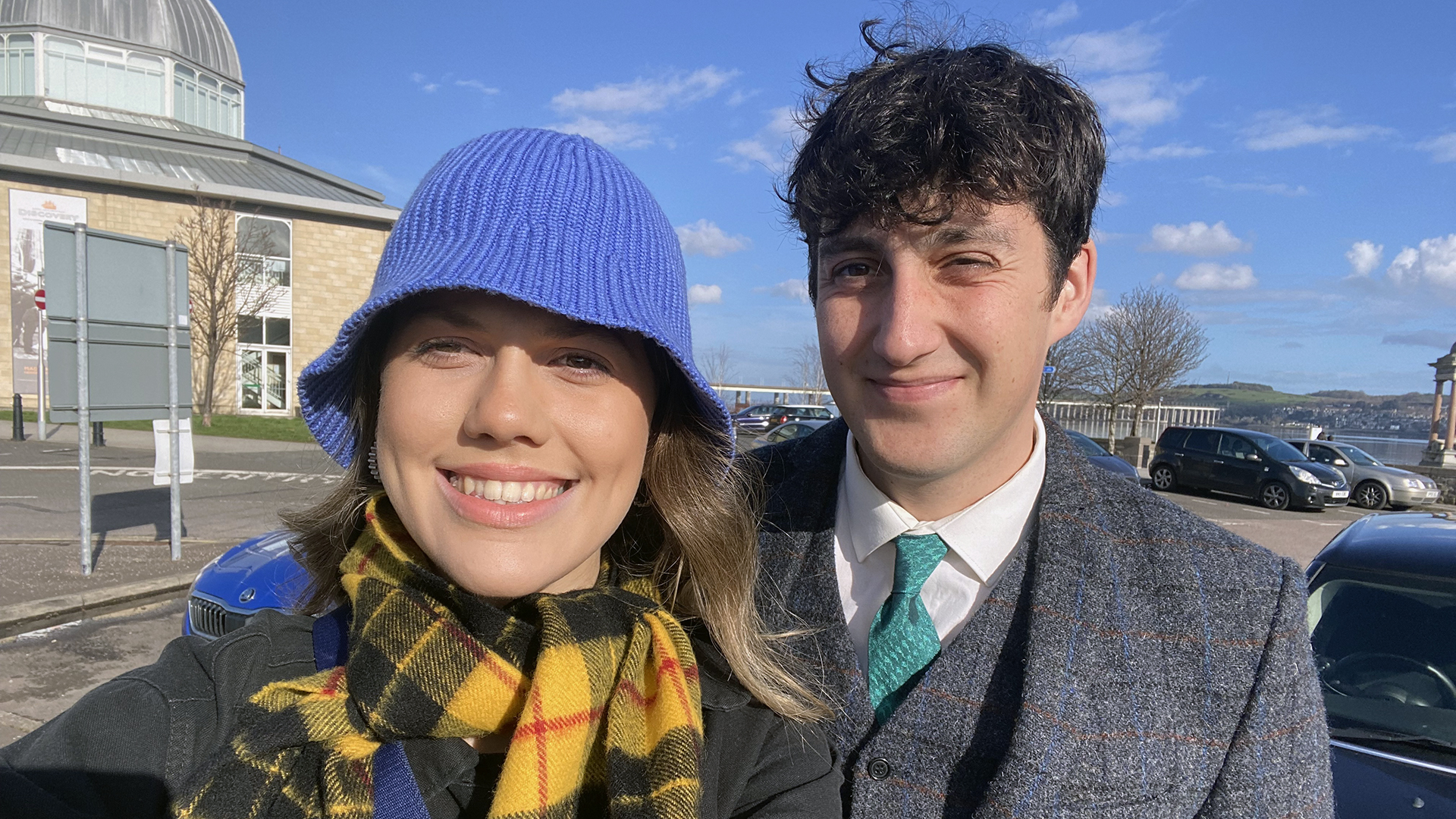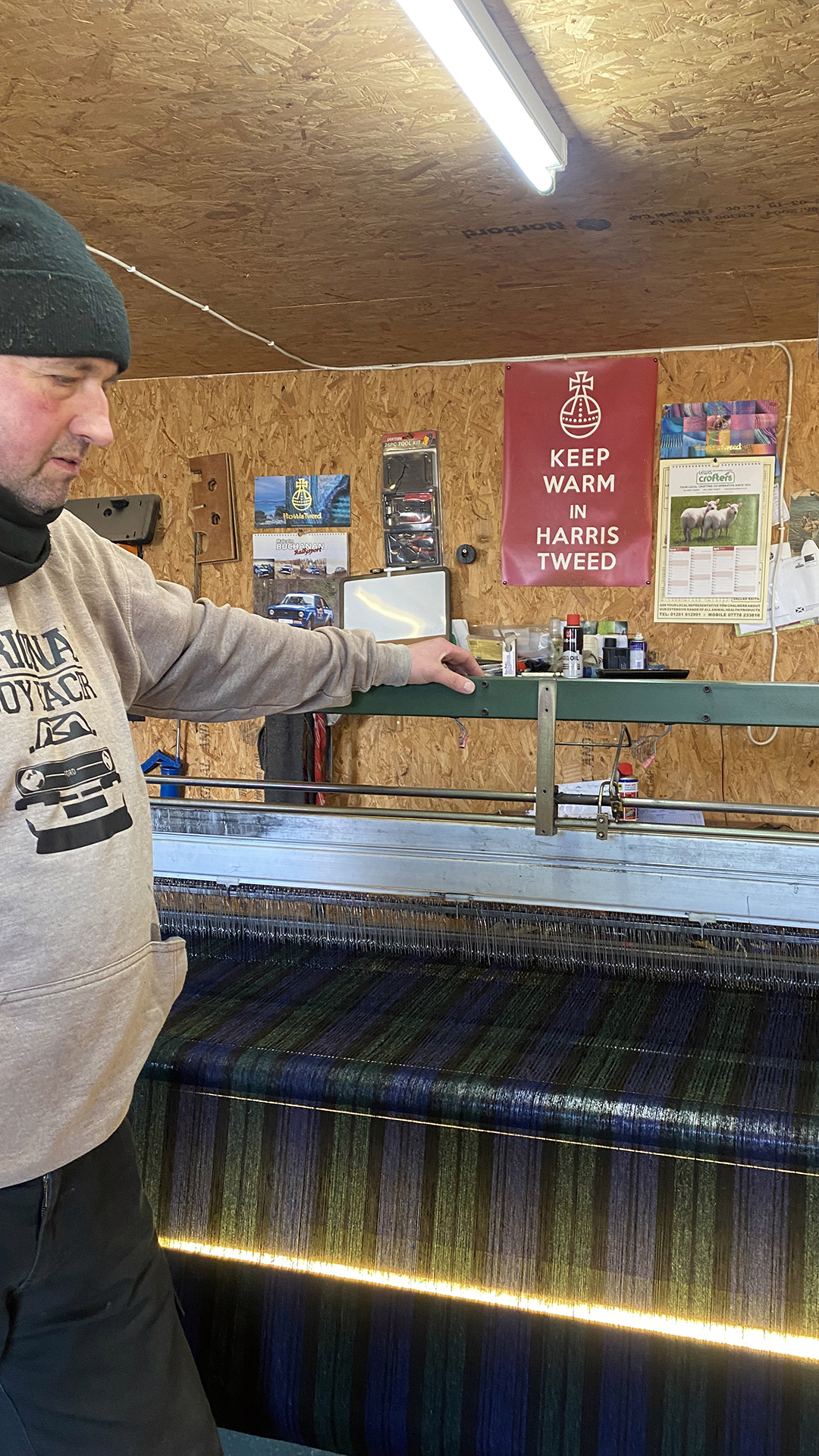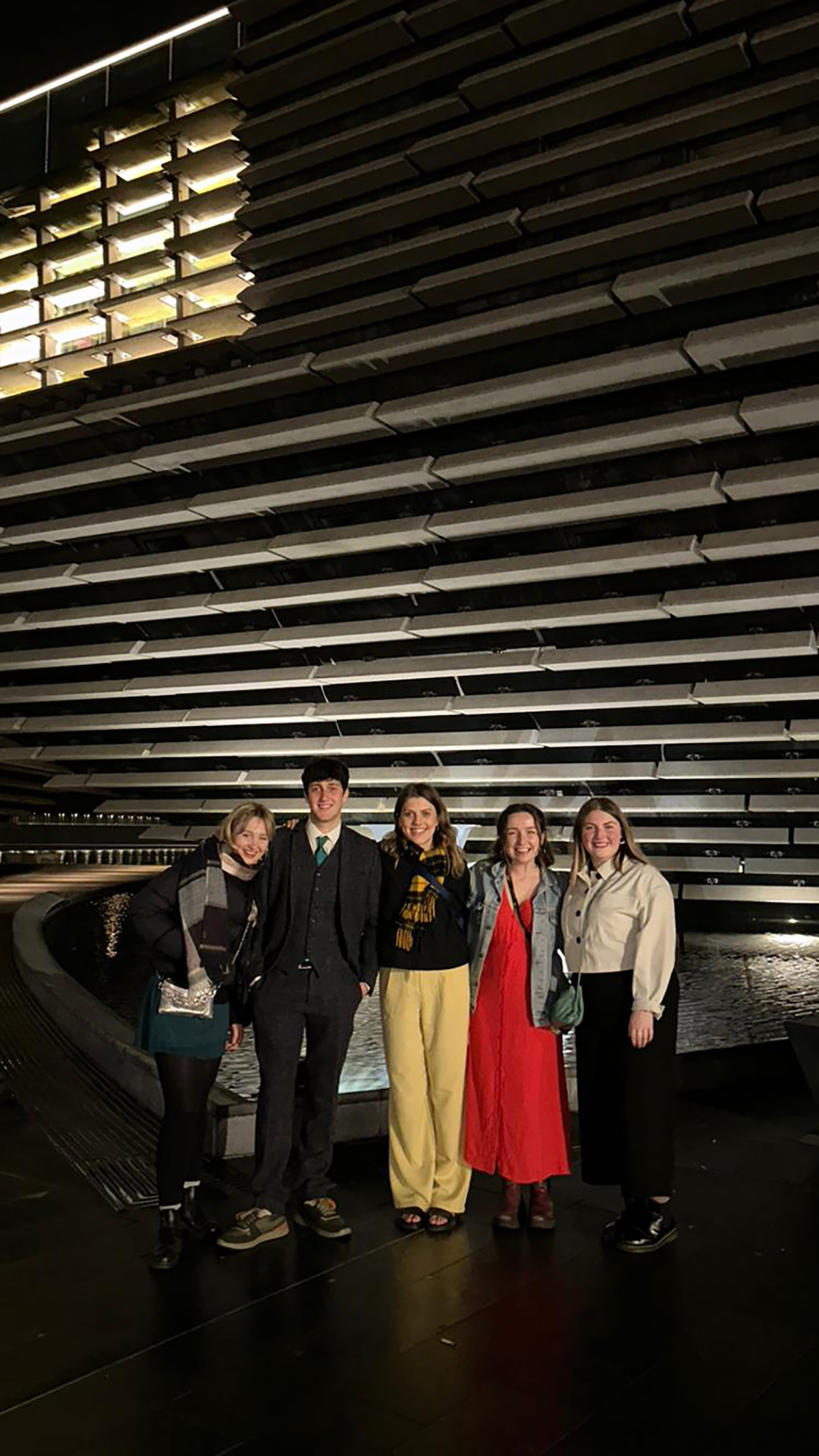Tartan at the V&A
5th May
The Victoria & Albert Museum in Dundee launched an exhibition in April that celebrated that most recognisable of Scottish textile patterns – Tartan.
The exhibition runs until the 14th of January 2024, so those interested have plenty of time to visit this fascinating display of textiles that includes a fine Harris Tweed sample, outfits from world-renowned fashion houses, the oldest known tartan fabric (the ‘Glen Affric’ which has been dated to circa 1500-1600 AD), examples of tartan’s influence on culture and much more.
Adding an Outer Hebrides twist to the exhibition is some work by Freya Macleod, from the Isle of Lewis, a spatial designer and member of the Young Peoples Collective at V&A Dundee.

Talking about the project, Freya told us: “Placing tartan in context is crucial. I was commissioned by the curators of the exhibition to create a soundscape that celebrates contemporary Gaelic identity and oral tradition, in direct relation to Tartan’s design heritage in the Highlands and Islands. It includes the voices of Gaels living in Scotland today, with their stories acting as an emotional map of past and future experiences of the Gàidhealtachd.
I recorded these interviews in February 2023. I work as a designer and I’m a member of the Young Peoples Collective at V&A Dundee. Being from the Isle of Lewis, this was a method of discovering more about my own culture, while adding a place-based Gàidhlig layer to the Tartan and Identity section of the exhibition. It also includes the sounds of weaver Calum George Buchanan’s Harris Tweed loom weaving black watch tartan in Uig, Lewis. The soundscape was composed by songwriter Cailean MacDonald, who also hails from Uig.

Calum George Buchanan also generously offered to be recorded for the soundscape. He is 51 and has a young family in Valtos, Uig on the Isle of Lewis. He talks about being a Harris Tweed weaver in the rural village, where his father and grandfather were weavers before him.
Also among those recorded for the soundscape was Katie Macinnes, 23, from Crossbost on the Isle of Lewis. She talks about the cloth’s relationship with land ownership, and her ancestral family’s relationship with the clearances. Her family had to live under upturned boats for two long winters after they were cleared from a different part of the island.
From Oban and Glasgow, 24-year-old Ross Christie talks about the romanticisation of Scotland – and the common misconceptions about Scottish culture that often miss the really interesting bits.
From the Glasgow Gaelic School, ten-year-old Eddie Murray talks about his many nationalities – Scottish, Irish, Thai – and how that makes him feel proud, and like an interesting Gael.
Peigi MacVicar is 23 from the Isle of Skye, with family from North Uist. She talks about wearing a kilt to Highland dancing and says that Gaelic poetry and song can often tell us something special about our history.
The Tartan exhibition is a radical look at the textile, but where soundscape sits in Tartan and Identity, the “radical” sits in inverted commas – it is a question to the audience and to the speakers: is it radical to be a Gael? Is wearing tartan a radical statement? Why do our identities become so entangled with place, language, and history, what relevance do these traditional Scottish practices have in the future?
I am very grateful for this commission, for the knowledge, experience and contribution of the participants, and for Lorna from Harris Tweed Authority’s help in the research stage of this project. Taing mhòr!”

